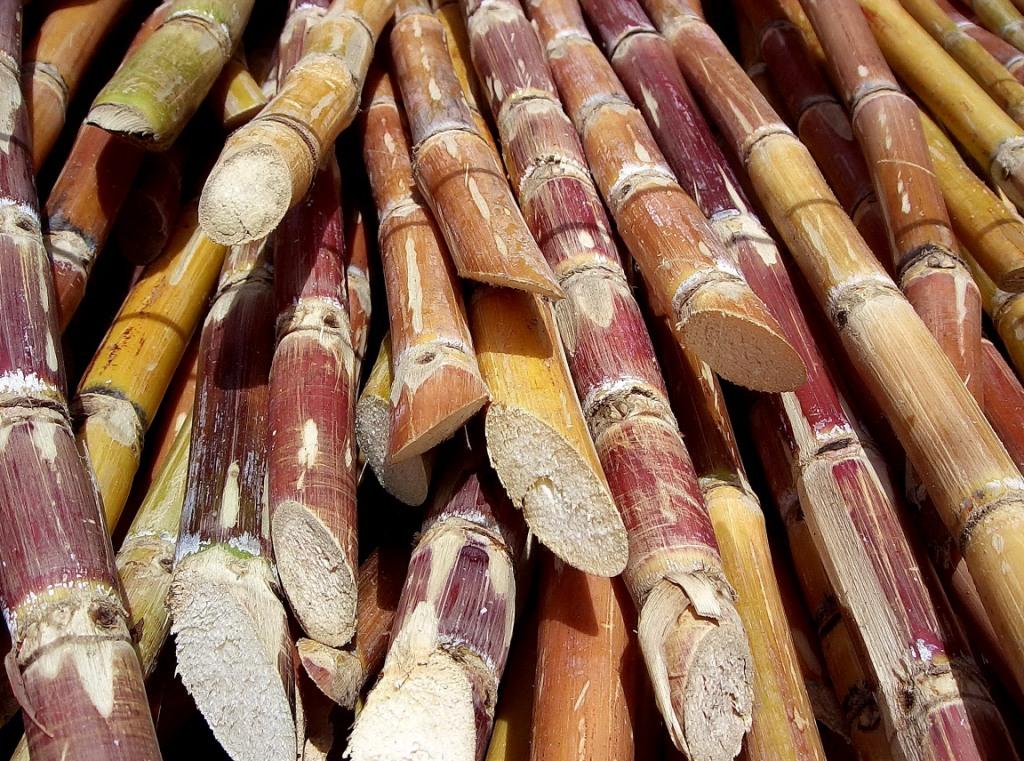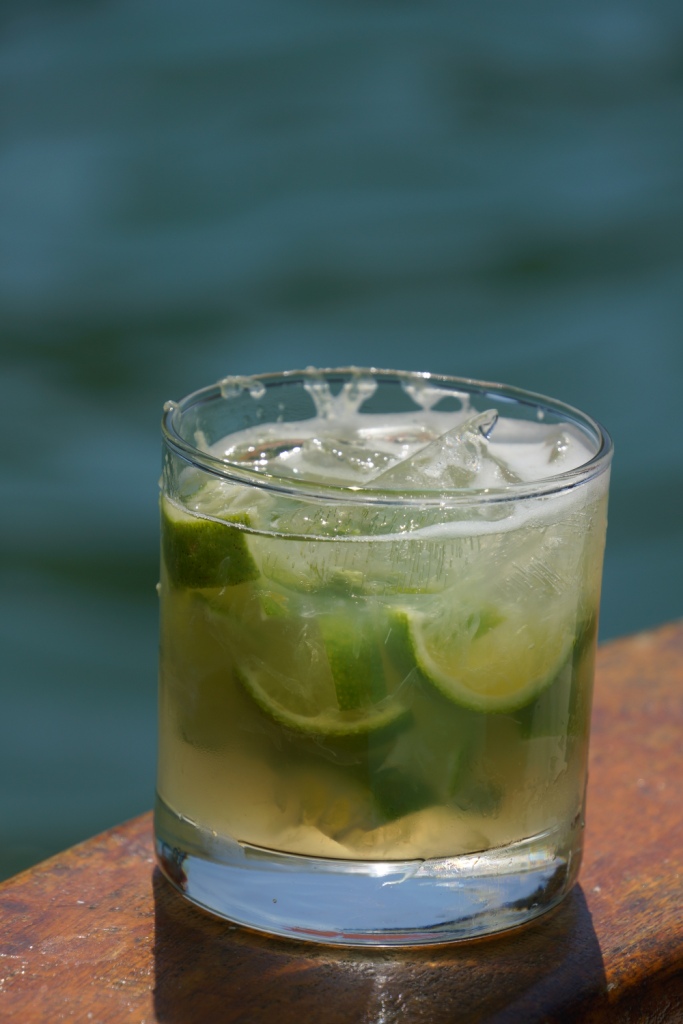 Sugarcane, cana de açucar, the world’s largest crop, is a fibrous stalk measuring between 2 and 19 feet in height. It is originally a plant from South and Southeastern Asia introduced to Europe by Arab traders and later taken to South America by Spanish colonizers.
Sugarcane, cana de açucar, the world’s largest crop, is a fibrous stalk measuring between 2 and 19 feet in height. It is originally a plant from South and Southeastern Asia introduced to Europe by Arab traders and later taken to South America by Spanish colonizers.
Brazil is not only the greatest global producer of sugarcane, with annual yields of over 720.000.000 tons, but also the world’s largest producer of sugar and ethanol, both of which come from sugarcane.
The southeastern region of Brazil generates more than 69% of the country’s sugarcane harvest. This is a huge enterprise and the numbers are astounding: to make 80 liters, or approximately 21 gallons, of ethanol, one ton of sugarcane is employed. So, because one hectare, or about 2.4 acres of land, produces 88 tons of sugarcane, a gigantic tract of land is required to generate the sugarcane necessary to produce the 3.14 billion liters of ethanol fuel that were consumed in Brazil in the first 6 months of 2013 alone.
Sugarcane-based ethanol fuel does not pollute as much as fossil fuels do, however, the amount of land used to cultivate it and the long-lasting effects it has on the soil belies the positive impact it has on the environment.
In addition to sugar and ethanol, sugarcane is also used to produce cachaça, Brazil’s number one distilled spirit, also called pinga (drop), aguardente (literally stinging water) or caninha (small sugarcane).
Cachaça is one of the main ingredients used to prepare capirinha, the favorite cocktail in Brazil, the other three being lime, sugar and ice.
ingredientes – ingredients
1 limão - 1 lime
2 colheres de sobremesa de açúcar – 2 teaspoons of sugar
gelo - ice
cachaça
modo de preparo - directions
corte as pontas do limão – cut the tips of the lime
corte o limão ao meio e retire a parte central – cut the lime in half and remove the center part
corte o limão em pedaços menores – cut the lime into smaller parts
misture o limão e o açúcar em um copo usando um pilão – mix the lime and sugar in a glass using a pestle
acrescente o gelo –add the ice
complete com a cachaça – complete with cachaça
Watch the following video in Portuguese showing how to make this drink.
And, although lime is the traditional fruit used, most places that offer this drink also prepare it using passion fruit, strawberries, pineapple or any other juicy fruit instead.
Next time you drink a caipirinha, remember you are actually enjoying two products that come from sugarcane. Let’s raise a glass to this amazing plant and say saúde (to your health)!
